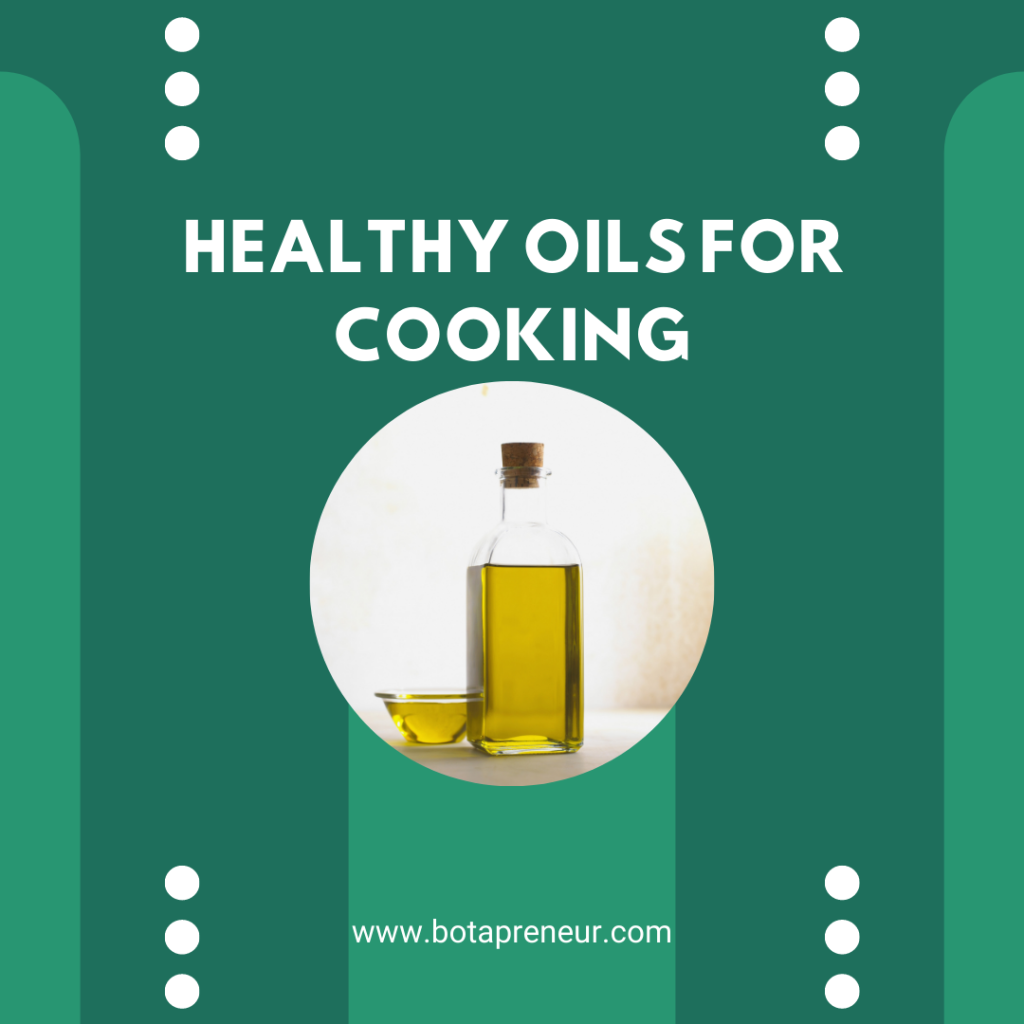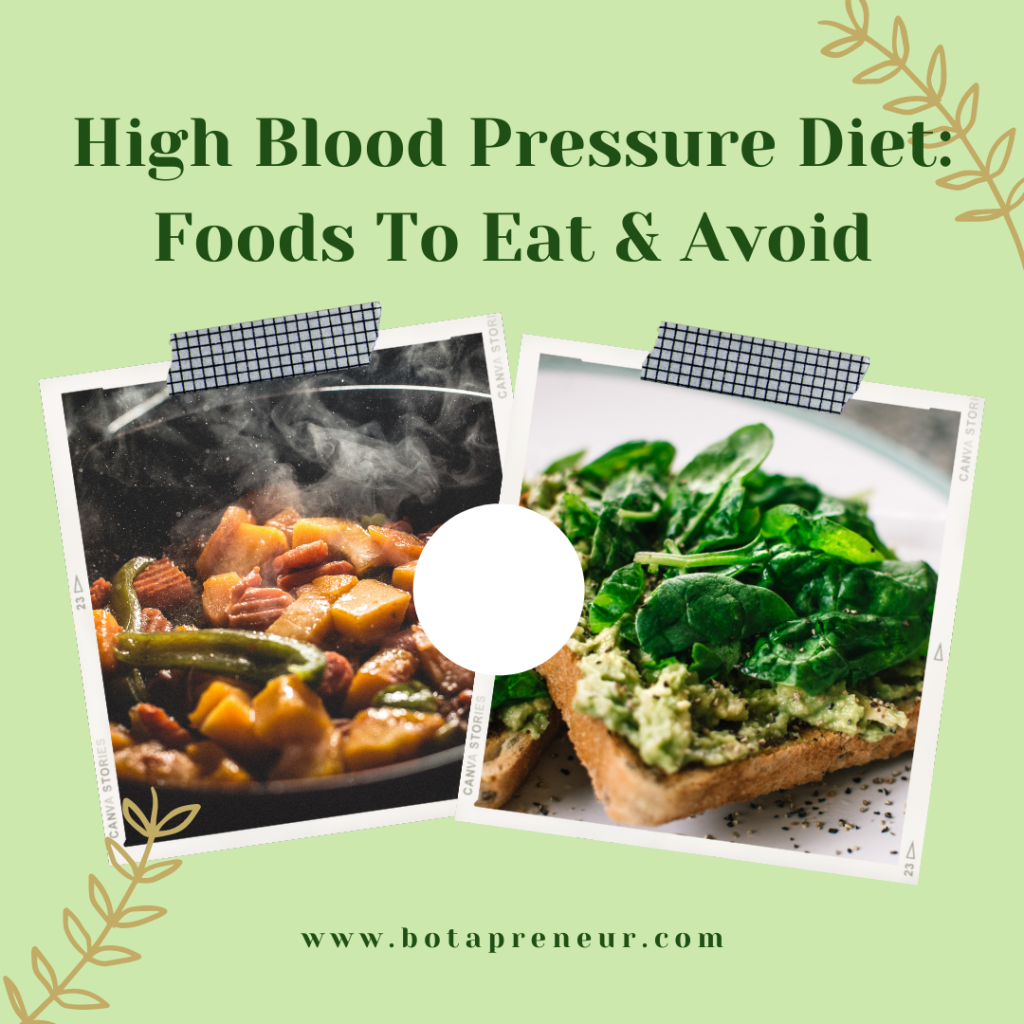How to Boost Your Fitness with Detox by Chris Brown
Detox is rapidly becoming a popular thing in the era of social media influencers. Most fitness influencers like to flaunt their glass bottles filled with plain water and some colorful fruit chunks. This has been the norm for a very long time and was initially started as a tumbler trend. However, according to fitness experts, most people do not understand about the detox and few of the ingredients that are good for detox. Most of the influencers are not very well educated when it comes to formal medical and fitness education. As a result, they sometimes make things viral that are very helpful instead they usually like aesthetic things so they post their benefits according to their personal experience. We have seen infused water being used as a detox for a very long time and most people still try to figure out some of the ways they can use detox water to get rid of their inbuilt toxins. With the help of this article, we will mainly highlight the naturally infused water that is being used as a detox. We will talk about their importance and how most people are just endorsing them. We will also talk about their effectiveness and if this detox waterworks. What Is Detox And Is It Helpful? Detox is becoming a buzzword on social media thanks to most fitness influencers. However, detox any substance, solution, or medicine that can help you get rid of body toxins. This can be a metabolism booster, fat burner, or digestion booster as well. However, our body is capable of excreting the unwanted and toxins substance from the body and doesn’t need assistance. Most of the infused water and detox solutions available in the market only help you maintain a good supply of water and the substance that you mix in water for flavor and health only help with the supply of salts and minerals. In case you end up consuming all these substances in excess amount, this can have adverse effects as well. Most experts recommend that you should avoid getting detox from the market. Can You Make Detox At Home? People who start their detox diets usually talk about detox a lot. Their idea is to stop taking solid food and rely on liquid food only. Eventually, when they stop consuming solid food they feel less bloated and explain that it was due to detox. In reality, you can easily make the same detox at home that you buy from the market. Most of the detox solutions are just simple infused water solutions and since you have to maintain a good amount of water intake you eventually see its effect on the skin. Some of the best detox solutions that you can prepare at home include: Fat Burning Detox For the fat-burning detox, you will have to rely on acid-based water. You can use water mixed with lemon or apple cider vinegar and drink it in the morning. This will help you with digestion and you will see that you are losing weight. Although most people add honey and other sweeteners for some extra flavor, however, you can customize it according to your taste. This will have a lemonade-based flavor. Vitamin Based Detox Most of the minerals and vitamins that our body need are available in fruits. A simple way to get the same minerals in your diet is by adding fruits chunks to your water so you can enjoy infused water. Daily Detox Water For the daily detox, you just need to add some salt, honey, and lemon to your water. Make sure the quantity is very low otherwise you will end up getting a very concentrated solution. Take Away To sum it all up, our body has everything that it needs. If you are aiming to help your body detox better, you might want to reconsider the things that you are adding to your body. Our body has liver and kidneys that are already adequate to help you detox the body. In case you want to help your body detox better, just staying hydrated will be enough. You just need to drink more water and stay hydrated throughout and that will be enough for you to help your body. Extra detox solution, energy booster, metabolism booster, and other things might not be very helpful. Most of these quick fixes will cause digestion-related issues that can cause side effects in long run. Before buying a detox or even switching to natural detox make sure to go through the pros and cons first.
How to Boost Your Fitness with Detox by Chris Brown Read More »



